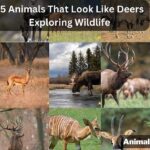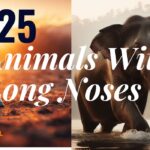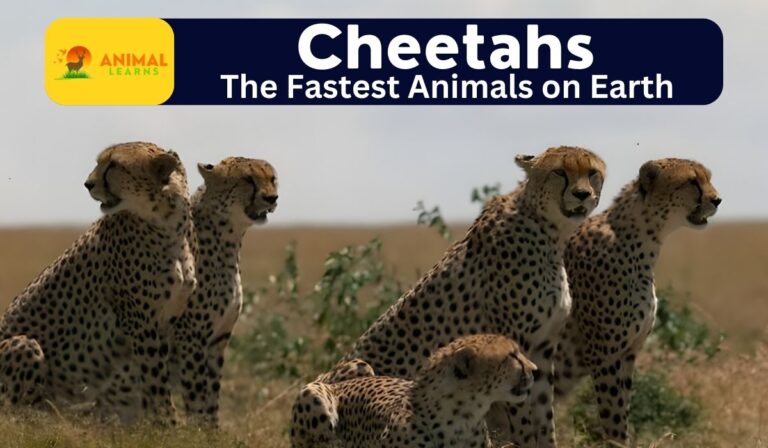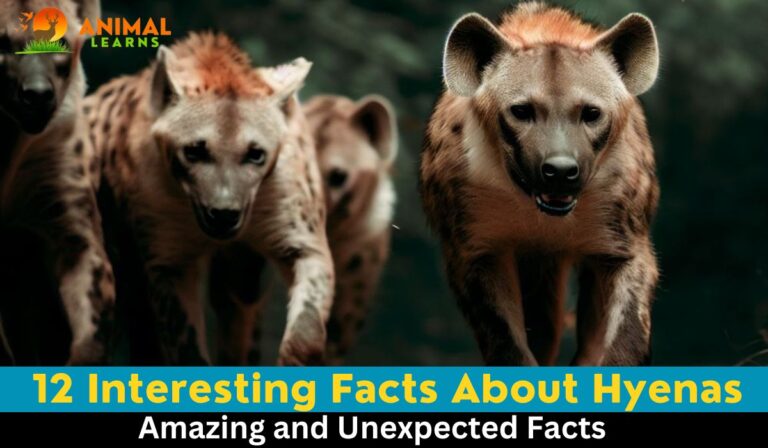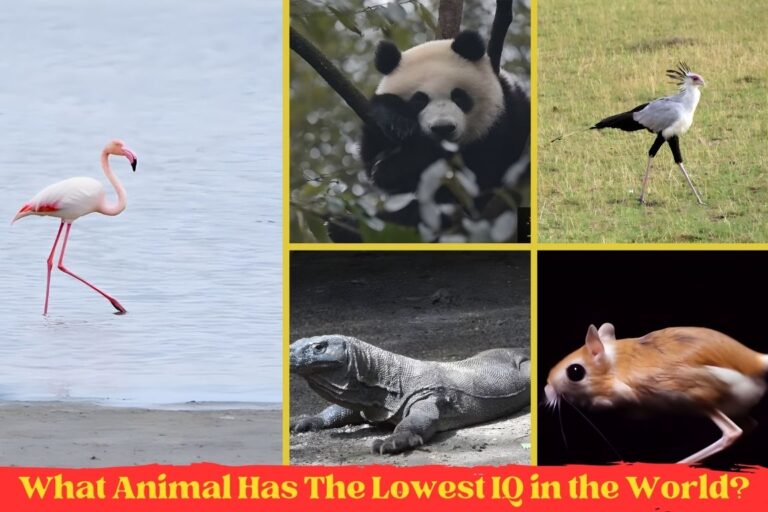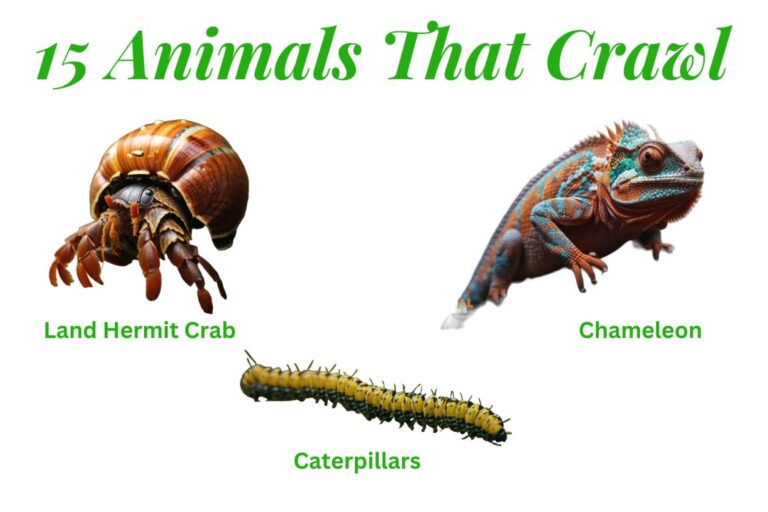Unlocking the Secrets of Deer Anatomy

| Information | Description |
|---|---|
| Size | Varies by species, from 3 to 6.5 feet in length |
| Weight | Typically between 100 to 1,000 pounds, species-dependent |
| Group | Often seen in herds, except during mating season |
| Location | Found on all continents except Antarctica |
| Diet | Herbivorous, primarily consuming grass, mushrooms, leaves, and twigs |
Deer anatomy varies among species, with distinctions in size, antlers, and body shape. With its elegant demeanor and alluring allure, the mysterious deer has long had a particular position in our shared consciousness.
Knowing the anatomy of deer is essential to deciphering their intricate behavior, whether you’re a keen hunter, wildlife enthusiast, artist looking for ideas, or just someone who is fascinated in the workings of nature.
Understanding the anatomy of deer is essential to understanding the importance, behavior, and beauty of these iconic animals—from the still forests to the research labs.
Deer Anatomy Basics
Contents
The in-depth examination of a deer’s skeleton, muscles, and internal organs is known as deer anatomy. It is very significant in many different sectors. Hunters depend on it for ethically sound shots that guarantee humane harvesting. It helps wildlife scientists control deer numbers and comprehend their behavior.
When it comes to deer anatomy, several key components deserve attention. From the delicate beauty of deer anatomy drawing to the robust structure of deer anatomy bones, understanding these elements is crucial for those interested in hunting, biology, or simply appreciating these creatures.
Skeleton
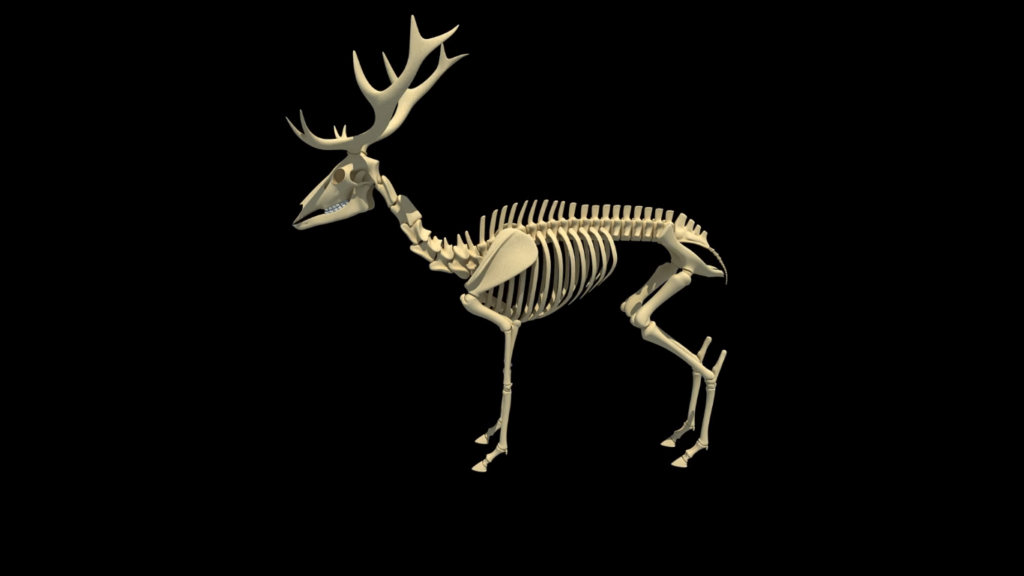
The deer skeleton is comprised of more than 200 bones. The skull is huge and prolonged, with a long nose and enormous eyes. The spine is long and adaptable, permitting the deer to move rapidly and effectively through thick vegetation.
The front legs are marginally more limited than the rear legs, giving the deer a slanting back. The hooves are cloven, implying that they are partitioned into two sections. This assists the deer with holding the ground and keeps them from sinking into delicate mud.
Muscles
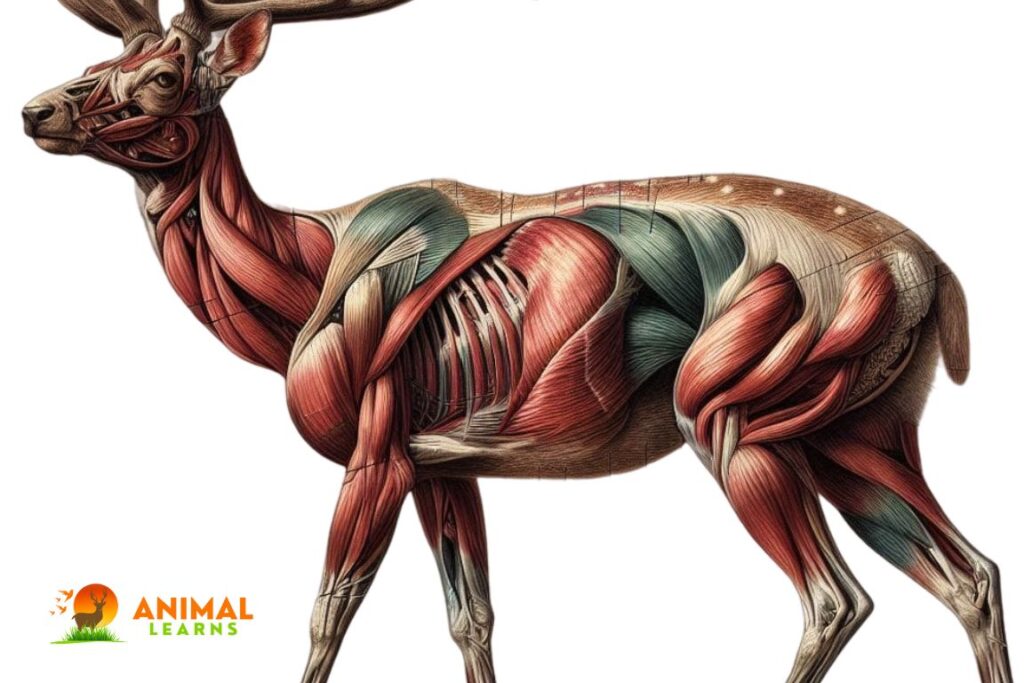
Deer have various strong muscles that permit them to run rapidly and bounce high. The muscles in the rear legs are especially strong, as they are utilized for drive. The muscles in the neck are serious areas of strength for likewise, they are utilized to help the weighty head.
Deer anatomy organs and muscles play a vital role in their survival and behavior. From the heart and lungs, which are crucial for respiration and circulation, to the intricate digestive system involving the stomach and intestines, a peek inside the deer’s body reveals a world of intricate processes.
This knowledge is equally valuable for hunters aiming for ethical shots and biologists deciphering deer behavior.
Head
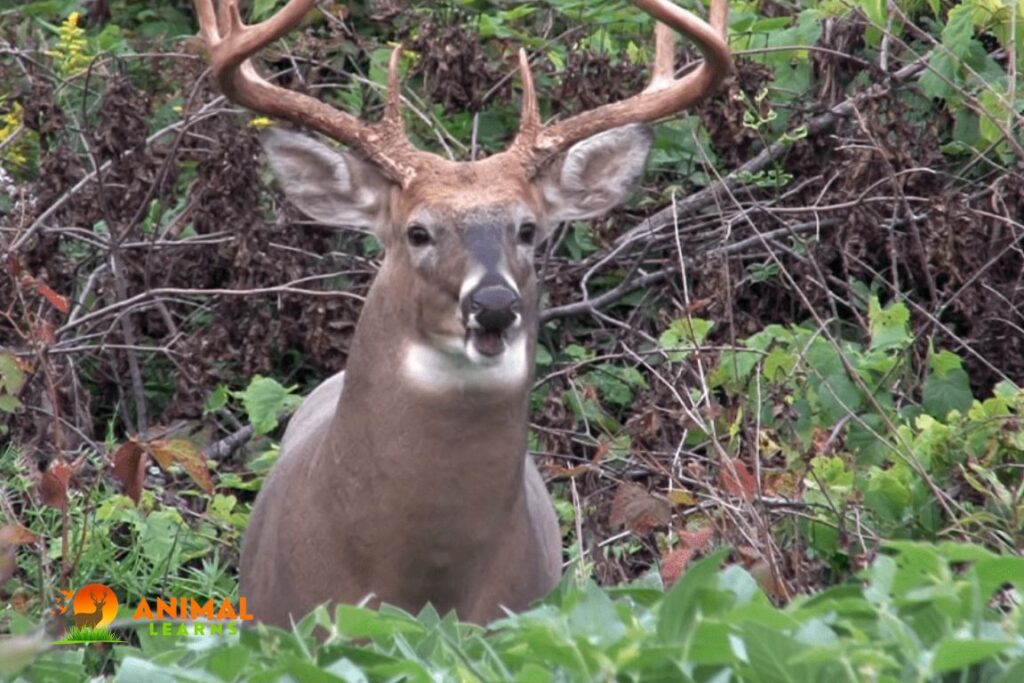
Deer have an enormous head with huge eyes and ears. Their eyes are situated on the sides of their head, which provides them with a wide field of vision. Their ears are additionally enormous and versatile, which permits them to hear well.
Deer have a long nose that assists them with smelling food and hunters. They likewise have a noticeable upper lip, which assists them with getting a handle on leaves and other vegetation.
Eyes

When taking into account the eye-body proportions, deer eyes are significantly larger than those of humans. Because they are positioned on the sides of the head, deer are better able to scan their environment and identify potential threats. Deer can see almost 310 degrees around them when they have their eyes positioned this way! There is a drawback, though: deer have a blind area in between their antlers.
The density of the rods and cones in deer eyes is another way that they are different from human eyes. Because the rods in a deer’s retina are far denser than the cones, the animal has high-resolution vision and low color sensitivity. They only have motion and light sensitivity thanks to rods.
Records do indicate that deer are still able to discriminate between various colors, particularly in low light. They have bluish hue sensitivity in their eyes.
Antlers
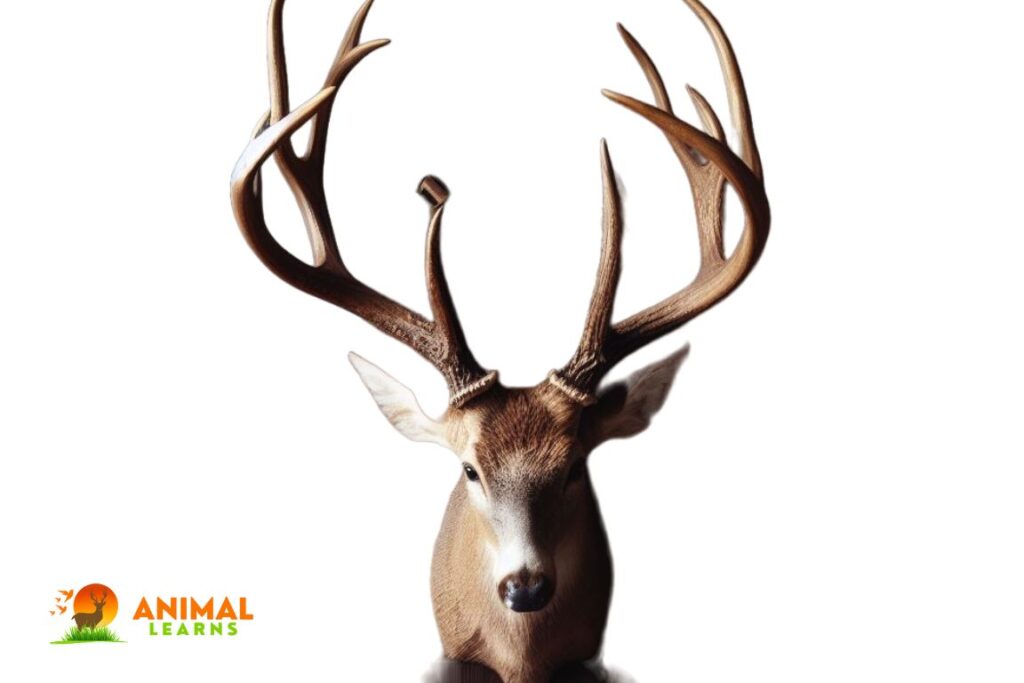
Antlers on deer are growths from their shed skulls, which come again every year. With one minor exception—reindeer females are the only ones with antlers, however they are smaller and less branched—they are solely present in males. Antlers originate from the pedicle, which is the skull’s attachment point. Velvet, a vascular covering that covers antlers until they reach maturity, is what gives the antler bone its nourishment and oxygen. They become dead bone formations and lose their velvet after they stop developing.
Antler loss occurs in phases for different types of deer. Some animals in tropical regions shed and grow new antlers several times a year, whereas those in arctic and temperate zones do so just once. It’s possible that certain equatorial species never lose their antlers.
Hooves

Deer only have two toes, and keratin covers the tips of both of them. They are known as even-toed ungulates for this reason.
In addition to their main hooves, deer have dewclaws. They don’t walk, though, and their footprints are rarely seen.
A deer’s hooves offer traction, support the weight of the animal, and shield the tissues and bones inside the hoof. They are excellent tools for jumping and sprinting. Deer may also move stealthily and defend themselves against predators by striking them with their hooves.
Internal Organs
Deer have similar inward organs as different warm blooded creatures, including a heart, lungs, stomach, digestion tracts, and liver. Be that as it may, there are a few distinctions in the design and capability of their organs because of their herbivorous eating regimen.
Digestive System
As herbivores, deer consume cellulose-containing plant material. You would assume that deer stomachs are excellent at digesting cellulose because human digestive systems aren’t designed for this task. Actually, though, that isn’t true. They are unable to process cellulose! How then do they eat?
This is accomplished by a symbiotic link between the deer’s body and microorganisms, which allows the microbes to break down the cellulose.
Four chambers make up a deer’s stomach:
- The abomasums
- The omasum
- The rumen
- The reticulum
Because food can pass back and forth between the first and the second chamber, some studies refer to them as one chamber, the reticulorumen.
When the food reaches the first chamber, the deer has already consumed it. Here, it is combined with microorganisms that aid in the breakdown of the cellulose into smaller, more absorbable particles. After that, the deer feeds on the substance once more and regurgitates it, which returns mingled with microbes.
The partially chewed meal then travels to the reticulum, where fermentation takes place. The substance subsequently enters the omasum, where minerals and fatty acids are absorbed along with around 70% of the water. Primary digestion takes place in the abomasum, the final chamber, which is stocked with gastric juices.
Circulatory System
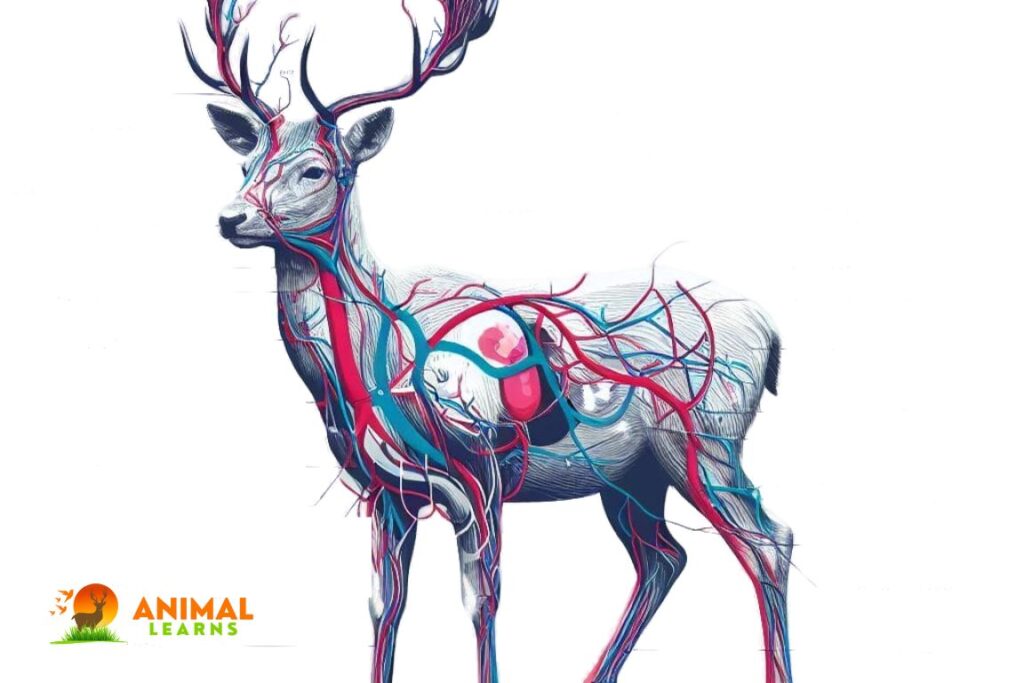
The deer circulatory framework is productive at conveying oxygen to the muscles during exercise. The heart is huge and strong, and the veins are expanded (augmented) during activity to increment blood stream to the muscles.
Respiratory System
The deer respiratory system, an integral part of deer anatomy, is efficient at delivering oxygen to the blood during exercise. The lungs are large and have a substantial surface area for gas exchange. The windpipe and bronchi are also large to allow more air to move through the respiratory system.
Nervous System
The deer sensory system is advanced and permits the deer to answer rapidly to their current circumstance. The cerebrum is enormous and complex, and the faculties are advanced. The deer have great vision, hearing, and smell.
deer anatomy and shot placement

The anatomy of deer and the location of shots are closely related in the context of ethical hunting. Hunters must possess a thorough grasp of deer anatomy in order to perform accurate shots that guarantee a swift and humane kill.
It is essential to understand the unique anatomy of deer, particularly their heart and lungs, in order to precisely place shots, minimize pain, and lower the likelihood of losing game. Hunters may ethically capture deer and support responsible and sustainable wildlife management by focusing on key locations.
Precise shot placement honors the animal and emphasizes the significance of moral hunting practices that are in line with conservation and wildlife care.
The Unique Female Deer Anatomy
The distinct physical features of female deer set them apart from their male counterparts. These consist of a more streamlined form, the absence of antlers, and, frequently, reduced stature. These characteristics are essential to their ecological value.
Does, or female deer, are essential to the ecosystem’s ability to support the deer population. They tend to the fawns and produce the next generation of deer by taking care of the herd. Their hunting practices affect the variety and development of plants, and their alertness guarantees the group’s existence.
Gaining an understanding of the morphology and function of female deer is essential to understanding the complex dynamics of animal populations and the fragile equilibrium of the natural world.
A Closer Look at Whitetail Deer Anatomy
There are two main reasons why the anatomy of the famous whitetail deer is important. To begin with, hunters must have a thorough understanding of the anatomy of whitetails in order to take ethical, compassionate shots that reduce pain and waste.
Second, knowing this deer anatomy is essential for wildlife biologists and conservationists to evaluate population health, make wise management choices, and get knowledge on the deer’s environmental adaptations and survival tactics.
FAQs
What is the purpose of deer anatomy in hunting?
Understanding deer anatomy is crucial for hunters to make ethical and humane shots, ensuring quick and humane kills.
Do all deer species have the same anatomical features?
No, different species of deer may have variations in their anatomy, such as size, coloration, and antler shape.
Why is it important to know where to shoot a deer?
Knowing the correct shot placement is essential to minimize suffering and maximize the chances of a clean, quick kill when hunting.
How does deer anatomy contribute to their adaptability in the wild?
Deer anatomy, including keen senses and swift leg muscles, helps them evade predators and thrive in a variety of environments.
Are there any unique characteristics in the anatomy of female deer?
Yes, female deer, or does, lack antlers and often have a more streamlined body to facilitate their role as caretakers of the herd and mothers to fawns.



